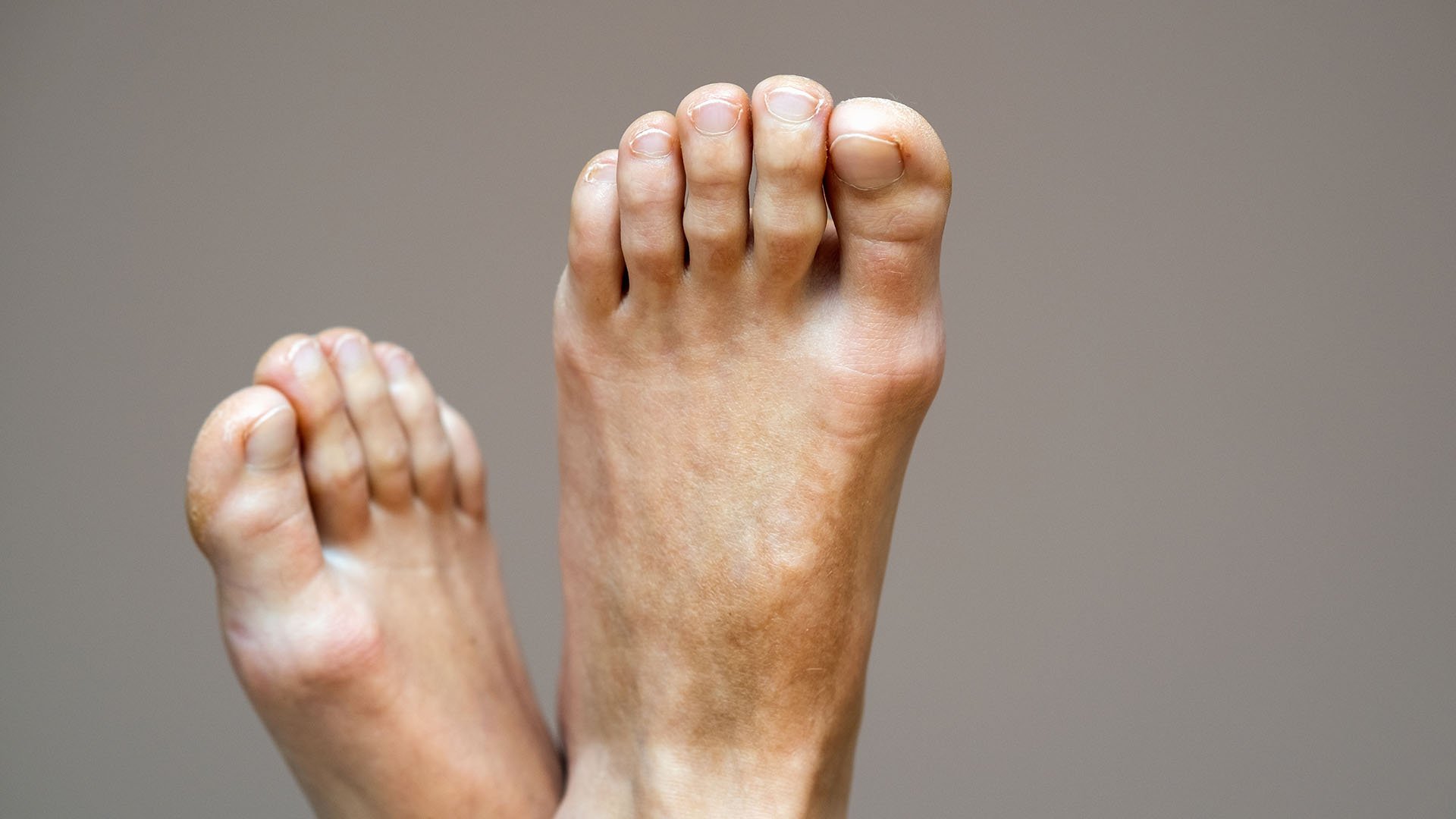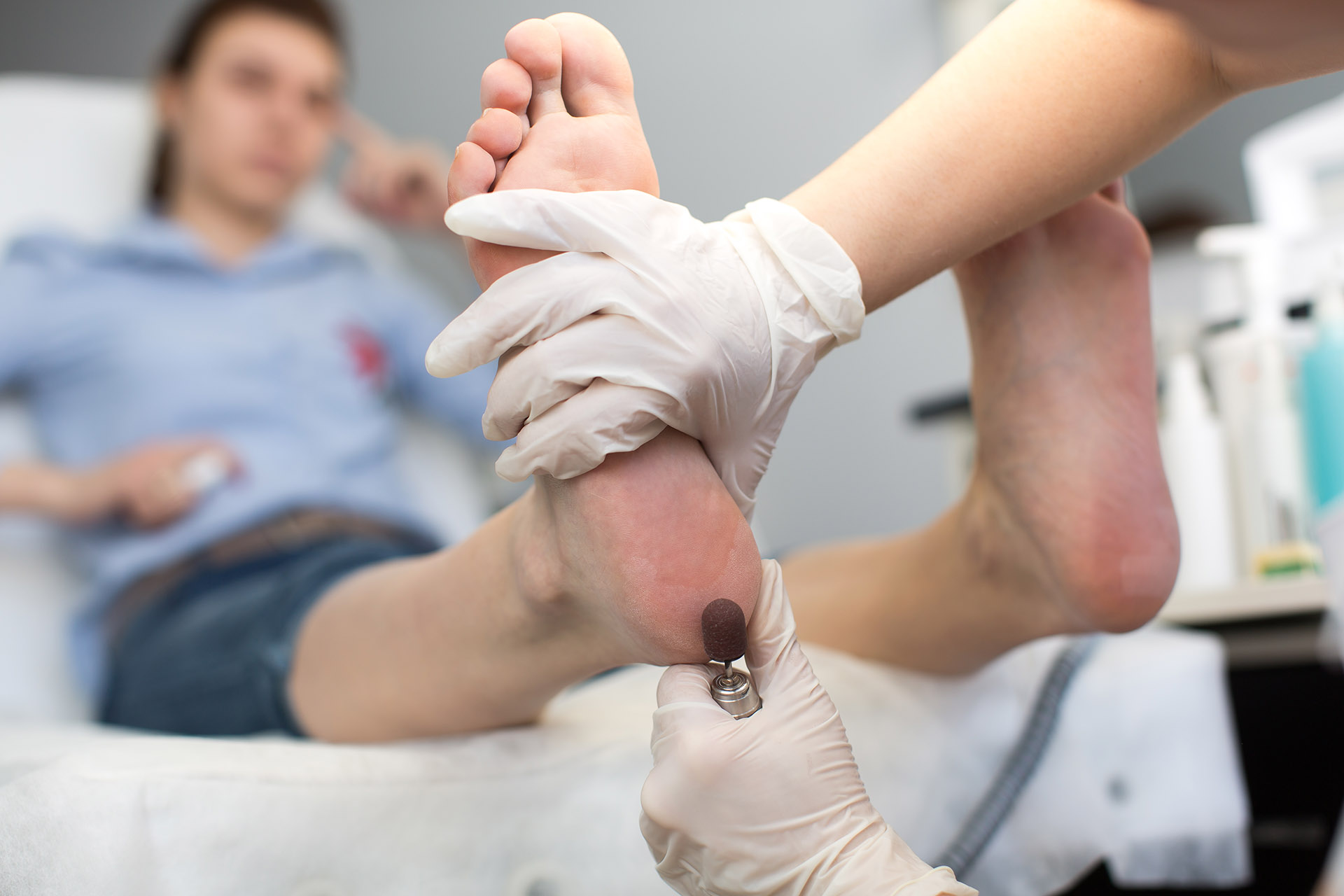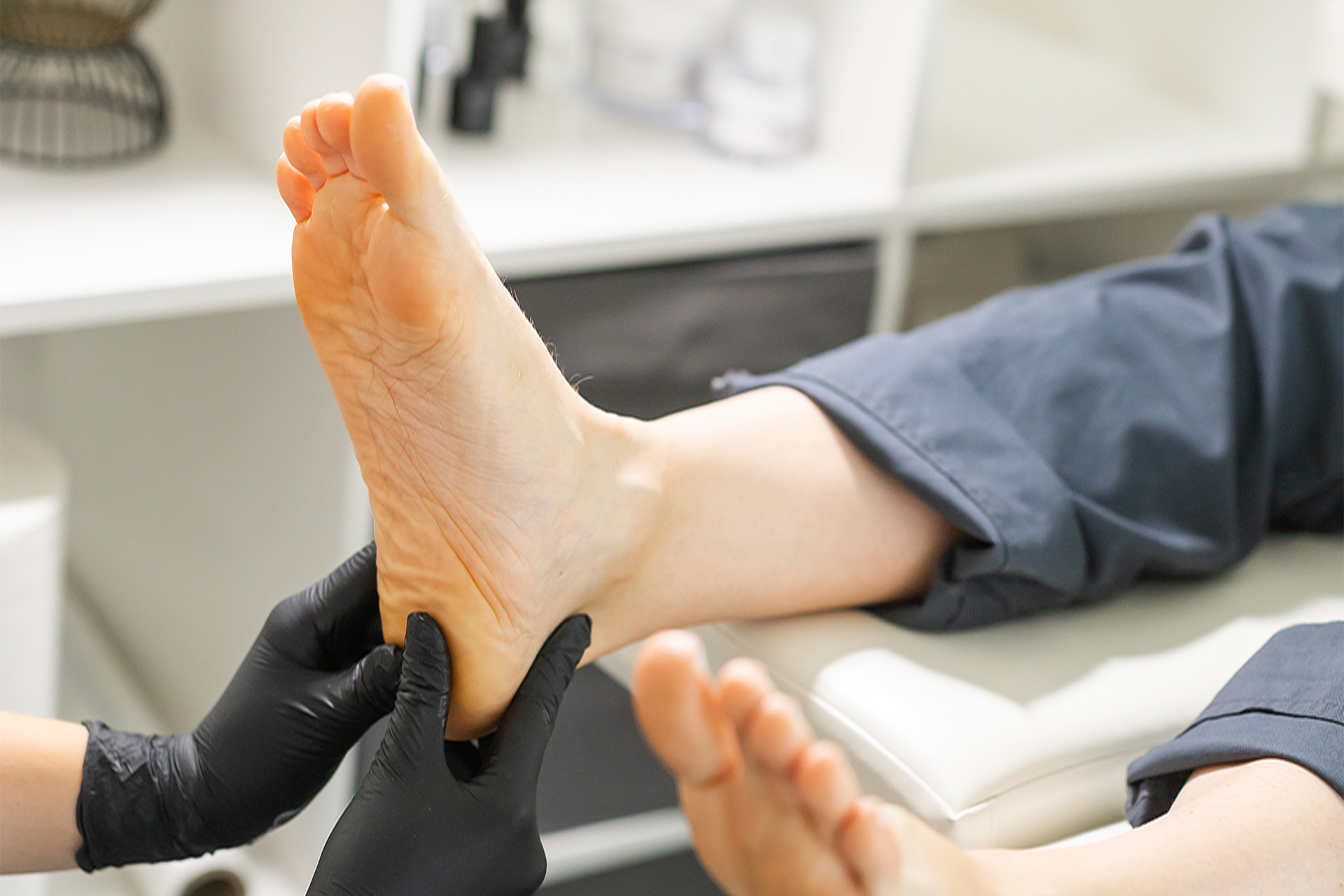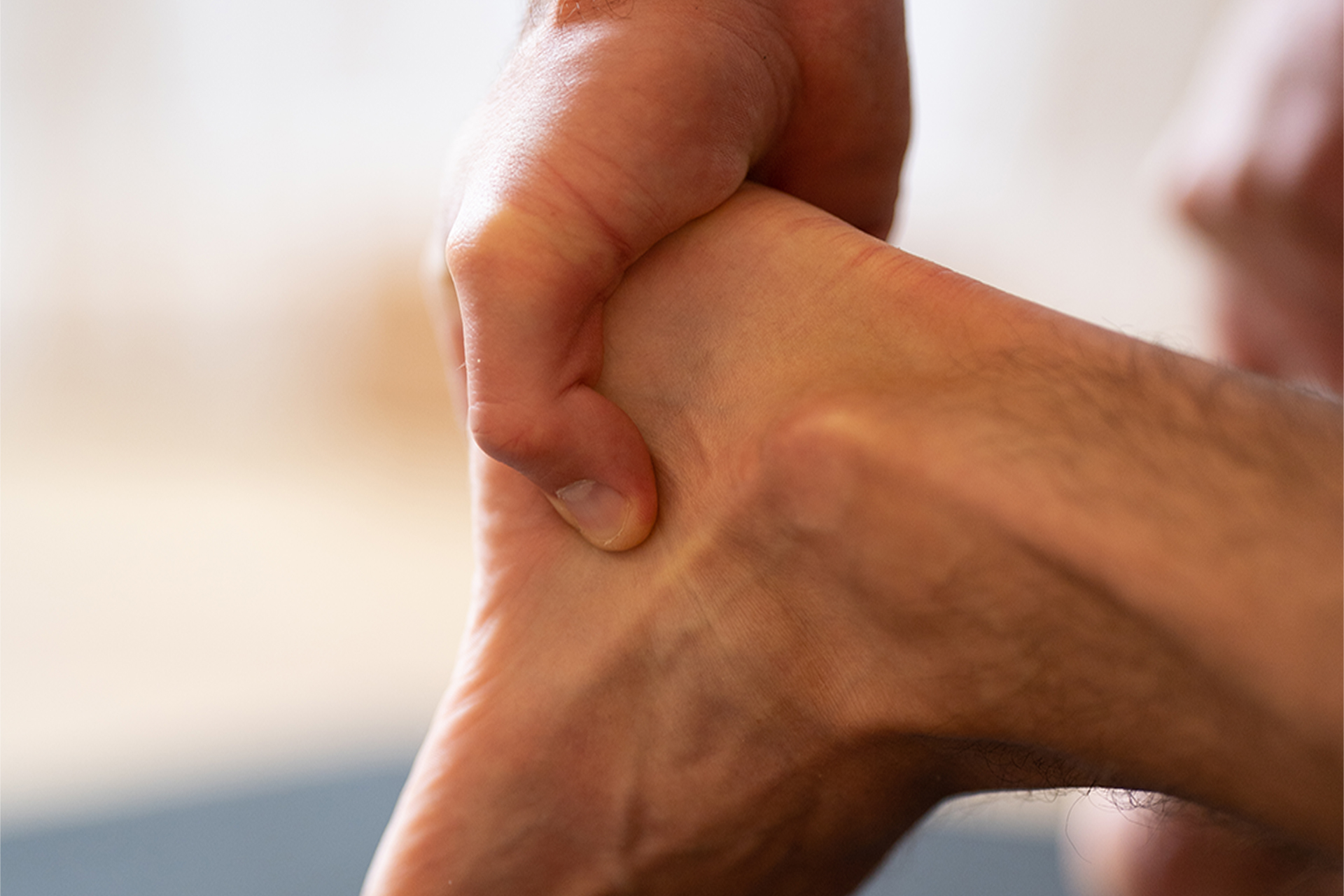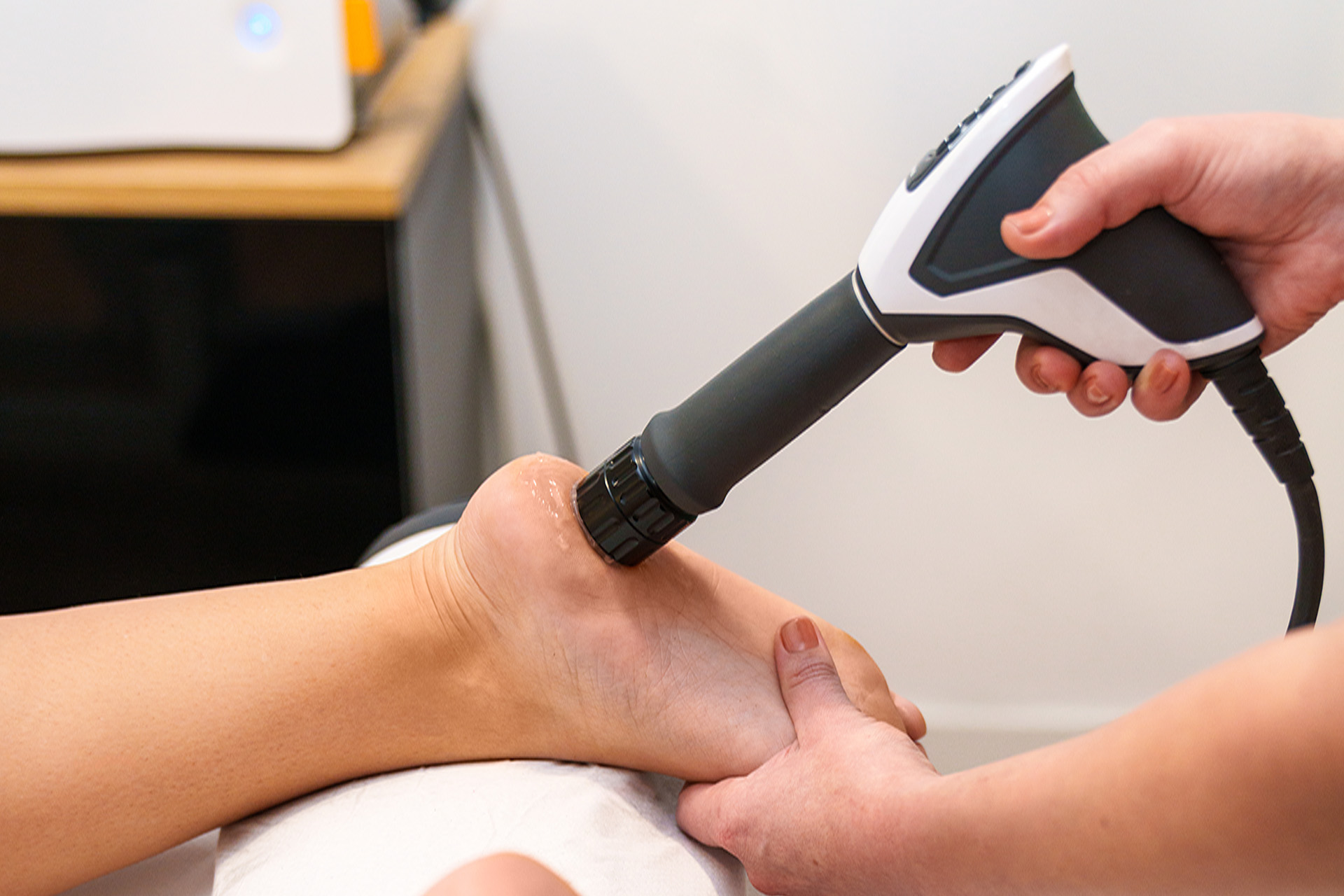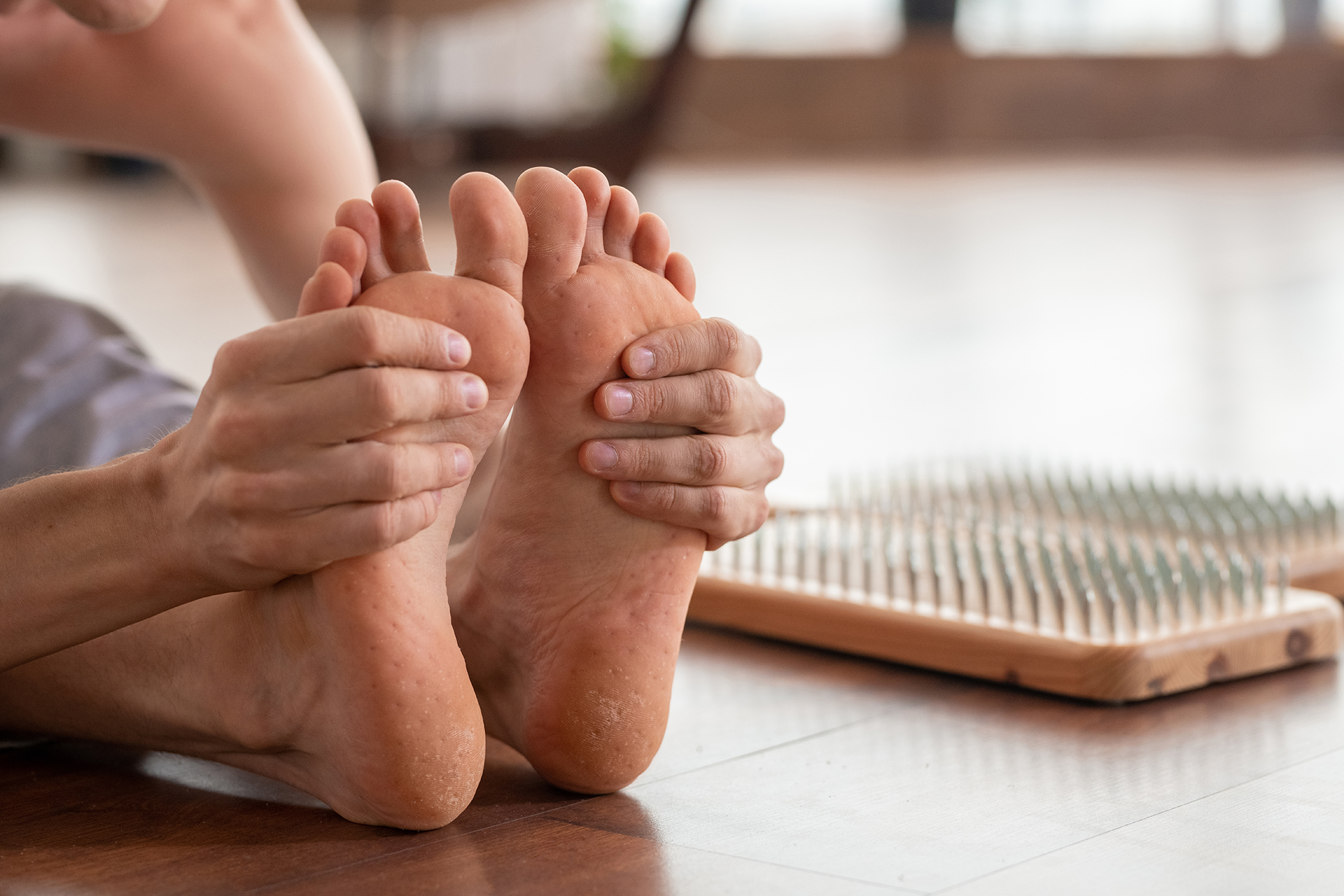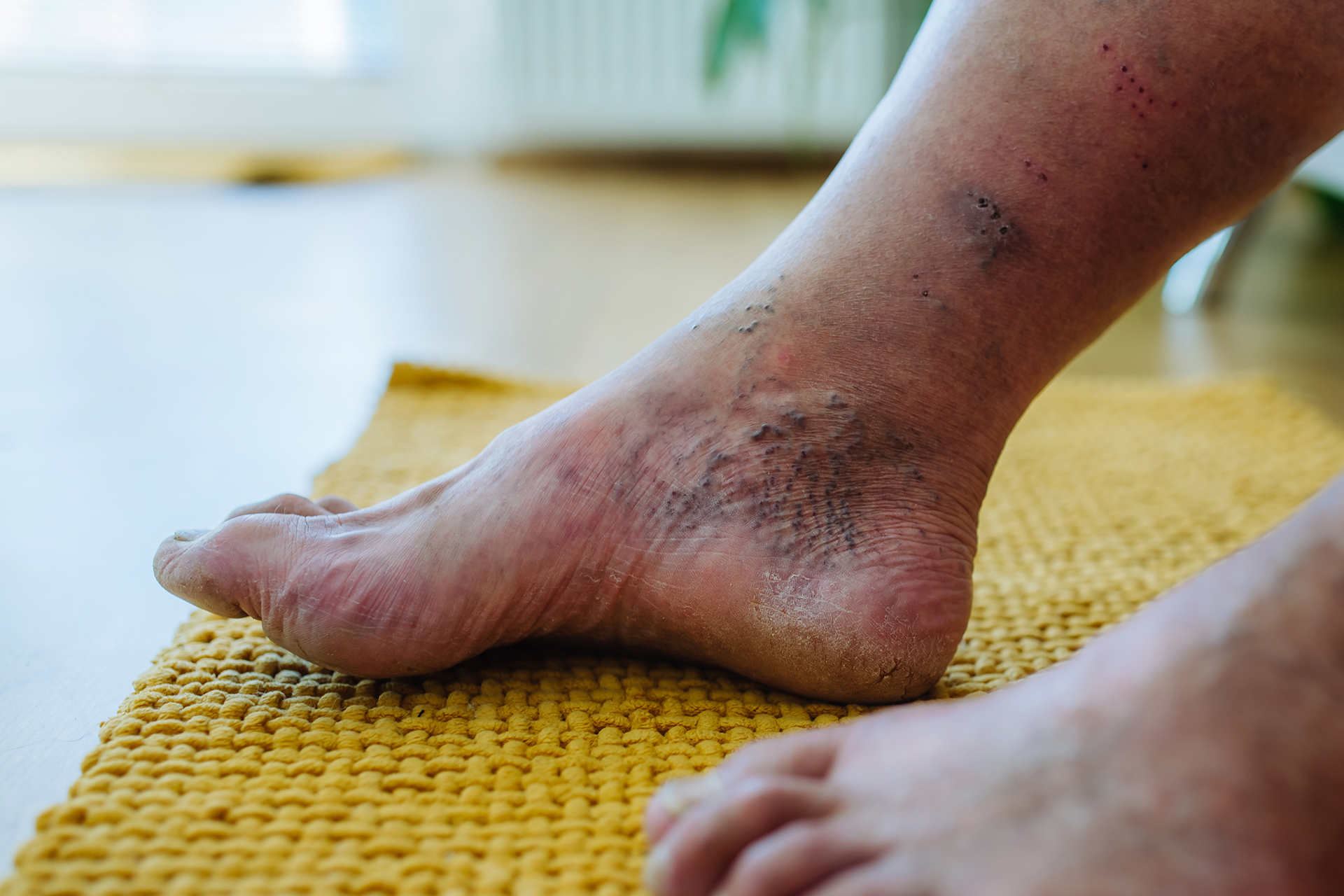Problems can occur with corns and calluses if you have poor circulation to your feet or if you have diabetes and can’t feel the extra pressure on the skin because of diabetic nerve damage. If you have corns or calluses and have either of these two conditions, you should have them treated by a qualified podiatrist or podiatrist rather than treating them alone.
Symptoms and Signs of Corns and Calluses
Corns and calluses are usually obvious. The skin is thickened and rough, usually over an area of bony prominence. There can be a hard bump in the area if there is a corn on the foot and it can be tender to the touch. The skin over the callus is flaky, very dry or waxy in appearance.
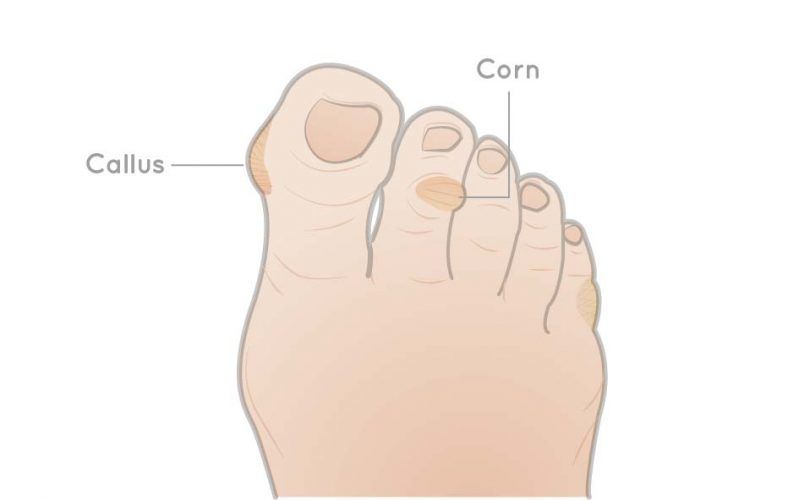
The Difference between Corns and Calluses
Corns and calluses are not actually the same thing. They differ in these ways:
- Calluses Understanding what are calluses and treatment options are important for their removal. These do not usually have pain. They are located on areas of the foot that have pressure or friction on them such as on the heels or the ball of the foot. They are often bigger than corns and the thickness of the skin is more uniform across the callus.
- Corns These tend to be smaller than calluses and have a hard core in the center of them. The skin around the corn is inflamed. Corns are usually found in the part of the foot that isn’t weight-bearing. This includes the top of the foot or the sides of the toes. They can also occur in the area between the toes. They hurt the most when they are pushed on and do not usually hurt if they are left alone.
Causes of Corns and Calluses
These are usually caused by friction and pressure on the skin. The skin uses corns and calluses to protect the underlying tissue. Some causes of corns or calluses include the following:
- Wearing shoes that do not fit. If you tend to wear high heels or shoes that are too tight, you can get excess pressure on the skin that can cause corns or calluses to develop. Shoes that are too loose can also cause these things, because the foot is rubbing and sliding within the shoe. There can be a seam in the shoe that exerts friction on the foot.
- Going without socks. If you wear sandals a lot or shoes without socks you can increase the friction on the skin of the foot. If you wear socks that have seams and they aren’t on properly, you can get a callus from the sock.
Risk Factors for Corns and Calluses
You are more likely to get calluses and corns if you have the following foot conditions:
- If your toes curl into a claw shape, it can cause part of the toe to rub against your shoe the wrong way so that you develop a corn on the toe.
- Bunions are bumps along the base of the first toe and deformities of the angulation of the toes. The bumps can rub on the shoes, causing calluses or corns.
- If you have a bone spur, it can cause pressure on your shoes, causing a callus.
Diagnosis of Corns and Calluses
Corns and calluses are usually easy to spot. The podiatrist will see the thickened areas of the skin or the typical appearance of the corn and will be able to make the diagnosis. An x-ray would only be necessary if the podiatrist feels there is something like a bone spur causing the corn or callus to occur.
Treatment of Corns and Calluses
In order to have the corns or calluses go away on their own, you need to stop the repetitive motions that cause them to happen in the first place. You can wear shoes that fit, put protective padding over the affected area and wear socks.
If home remedies don’t work or if you are diabetic and have poor circulation, you need to see the podiatrist who will likely do one of the following:
- Trim away the extra skin. The podiatrist can use a blade or knife to trim off the excess skin so the skin will be smooth and thinner. This is delicate work that shouldn’t be done by yourself.
- Use medication to remove calluses. The podiatrist can put on a patch that contains salicylic acid, which can gradually eat away at the callus or corn. The patch will need to be changed every so often. Then a pumice stone or nail file can be used to rub off the skin that has broken down from the salicylic acid. The idea is to get rid of the dead skin, leaving healthy skin behind.
- Antibiotic ointment. The podiatrist may recommend topical antibiotic ointment in order to get rid of possible infection that may be within the skin. This is especially true for corns, which can ulcerate and become infected.
- Custom insoles. The podiatrist may custom make an orthotic device that will protect the skin and bone if you have an abnormal bone or spur that is causing the thickened skin.
- Surgical intervention. This is rarely done but can be done if a bone is out of alignment and is causing the skin to thicken over it.
For more information about treatment for corns, calluses or other conditions, visit our Skin and Nail Care services.

